Products Description
Master the art of spotting fake IDs: a guide from ideverest
Fake IDs have become prevalent in recent years, and vigilance is key to preventing identity fraud. Fortunately, organizations like ideverest are at the forefront of this field, providing resources and insights on how to spot fake IDs. In this blog, we’ll take a deep dive into fake IDs, using ideverest’s expertise to help you identify telltale signs of a forged ID.
Understand why it’s important:
Before we get into the details, it’s important to understand why it’s important to spot fake IDs. Fake IDs can be used for a variety of illegal activities, such as underage drinking, illegal entry to age-restricted places, and even identity theft. Learning how to spot a fake ID not only protects you, but also helps maintain the functioning of systems and institutions that rely on accurate identity verification.
Analyze physical features:
Authentic IDs often include a variety of security features that are difficult to replicate. ideverest recommends focusing on a few physical features:
Holograms: Many official IDs feature a holographic image that creates a moving effect when you tilt the ID. A fake ID may lack this feature, or the hologram may be poorly imitated.
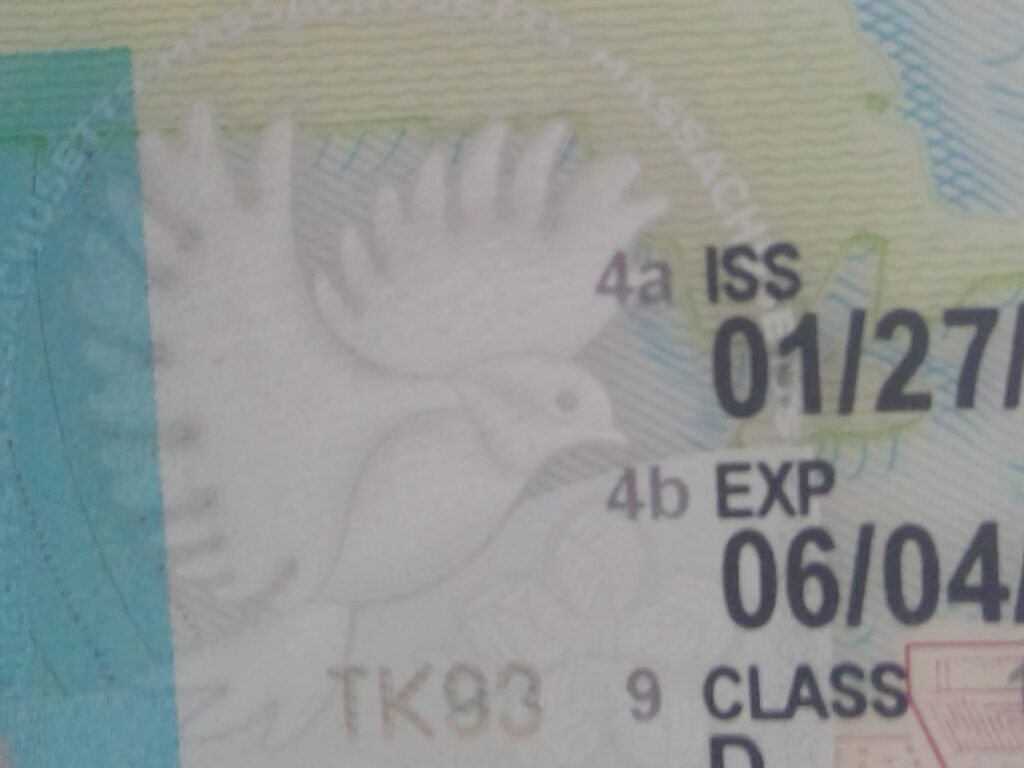
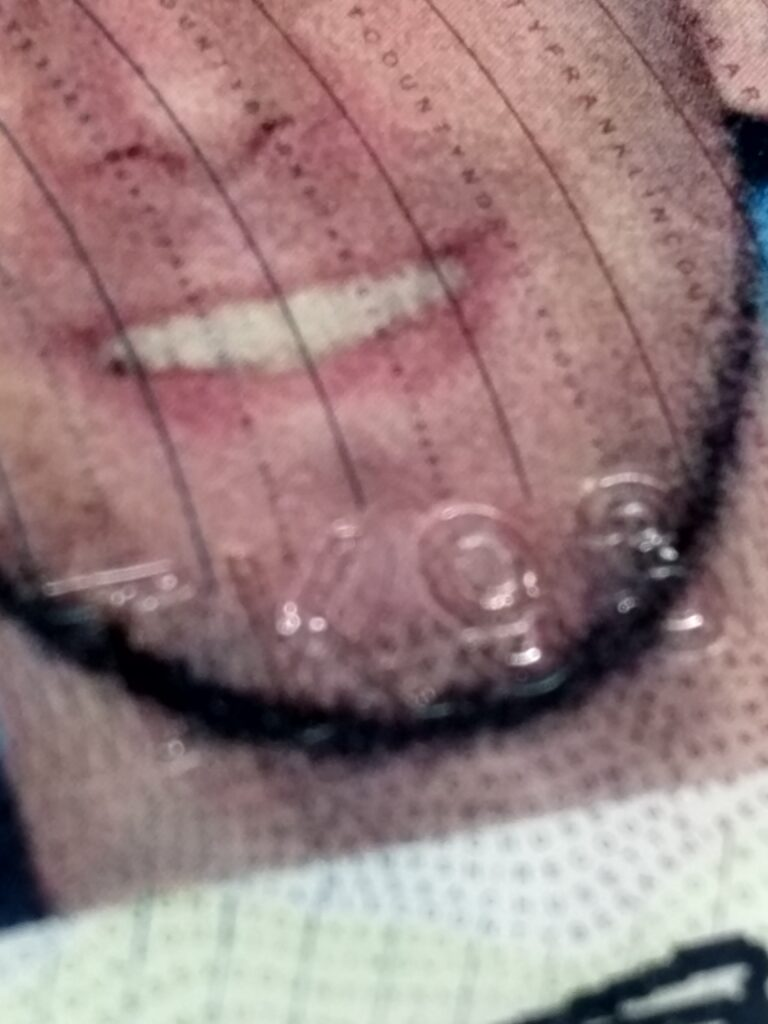
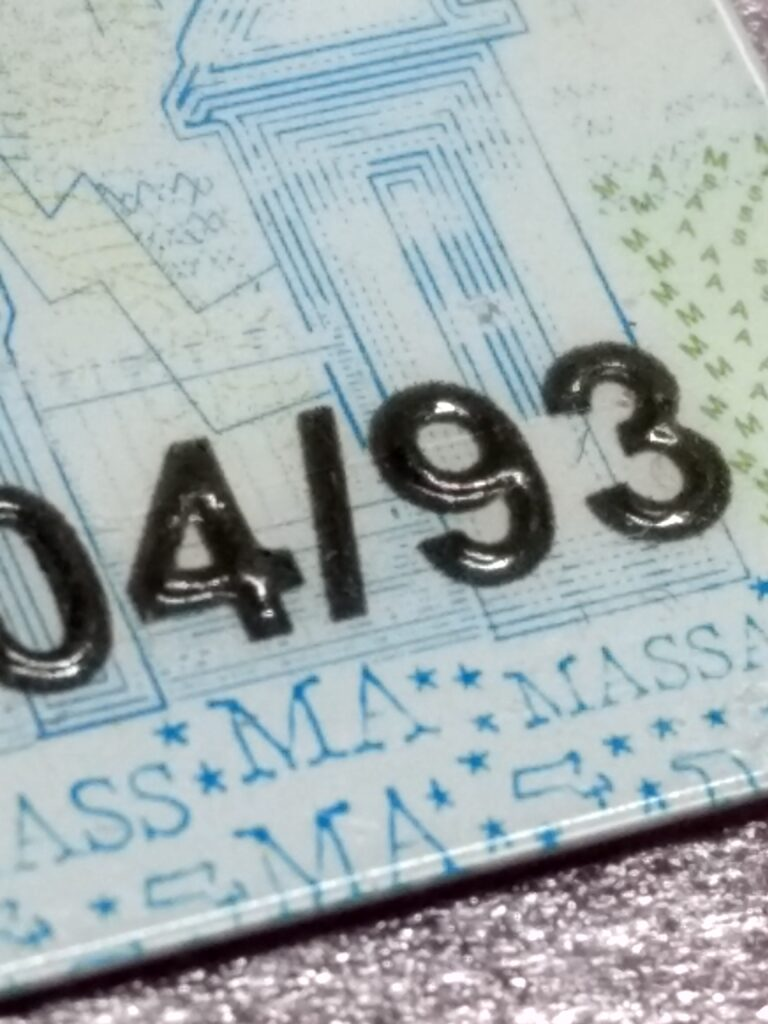
UV light: Shine UV light on the ID to see if there are any hidden UV ink patterns or markings that could indicate the ID has been tampered with or counterfeited.
Raised text and patterns: Authentic IDs may have areas that are slightly raised to the touch, while counterfeit IDs often lack this tactile feature.
Double check the information: Double check the information on the ID. ideverest recommends looking for the following differences:
Counterfeit IDs often have misspellings or typos in personal information.
Inconsistent fonts: Different fonts or font sizes within the same ID could indicate a counterfeit document.
Inconsistent information: Check that the ID’s visual features match the individual presenting it.
Check security features: Many official ID documents have advanced security features that are difficult to replicate. ideverest recommends looking for the following:
Watermarks: Watermarks on authentic IDs can often be seen under certain lighting conditions.
Barcodes: Whenever possible, scan the barcode to verify that it matches the information on the ID.
Holographic protection: Some IDs have a holographic layer that displays specific patterns or symbols.
Behavioral clues:
In addition to carefully checking the physical characteristics of the ID, ideverest recommends paying attention to the behavior and appearance of the person presenting the ID. Watch for signs of nervousness or avoidance, as these may indicate that they are trying to use a fake ID.
Conclusion:
Recognizing counterfeit IDs is an important skill that can help individuals and organizations protect themselves from the risk of fraud. ideverest provides valuable insights to help you recognize the signs of fake IDs. By staying alert and informed, you can contribute to a safer society. Remember, if in doubt, it is always wise to seek help from law enforcement or security personnel.
Tags:
You like
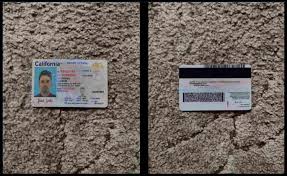
MississippiDLFake ID
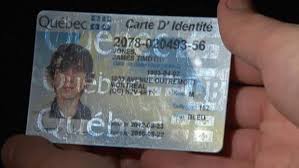
IndianaFake ID
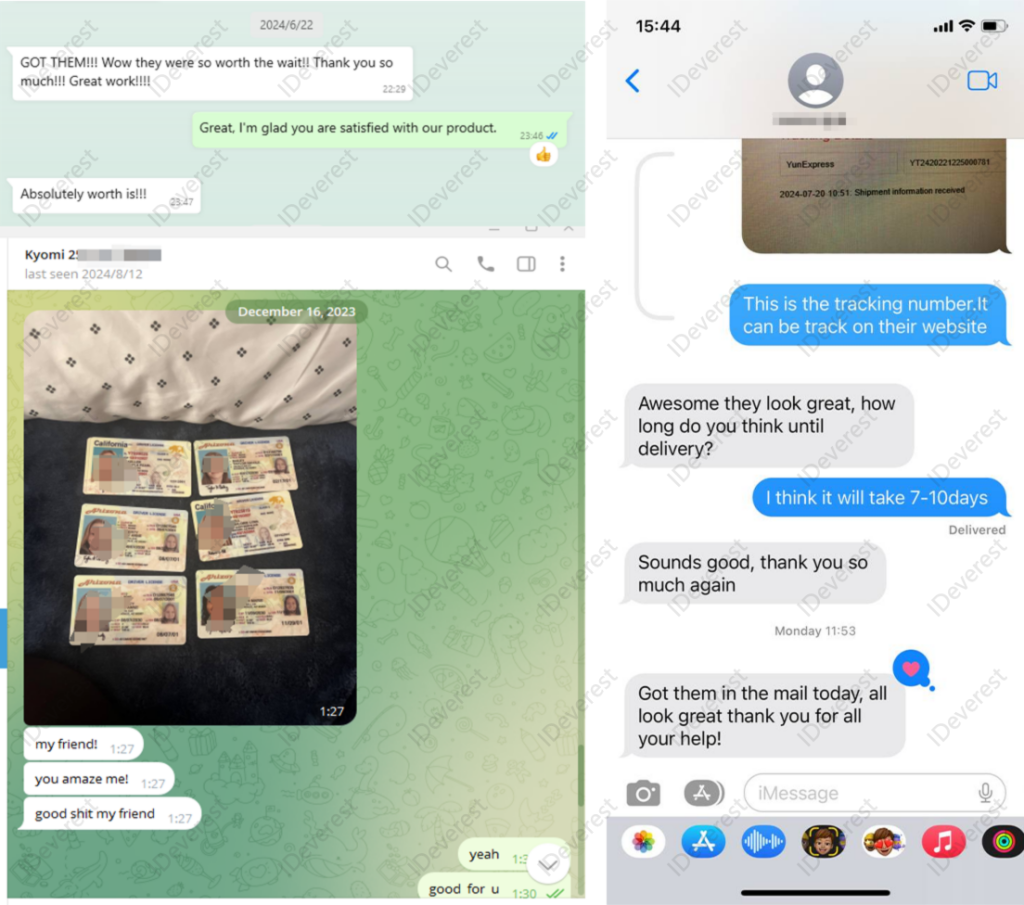
MassachusettsFake ID
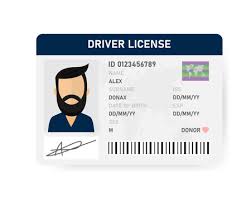
MichiganFake ID

